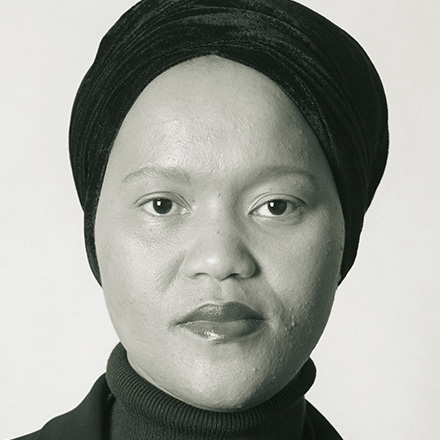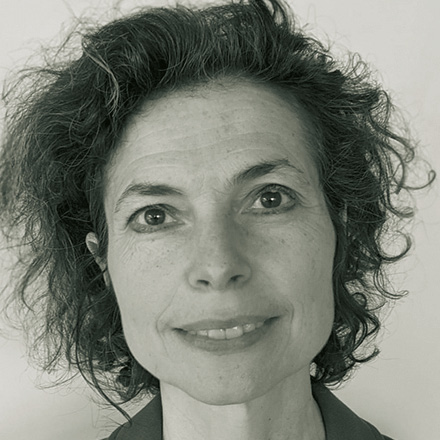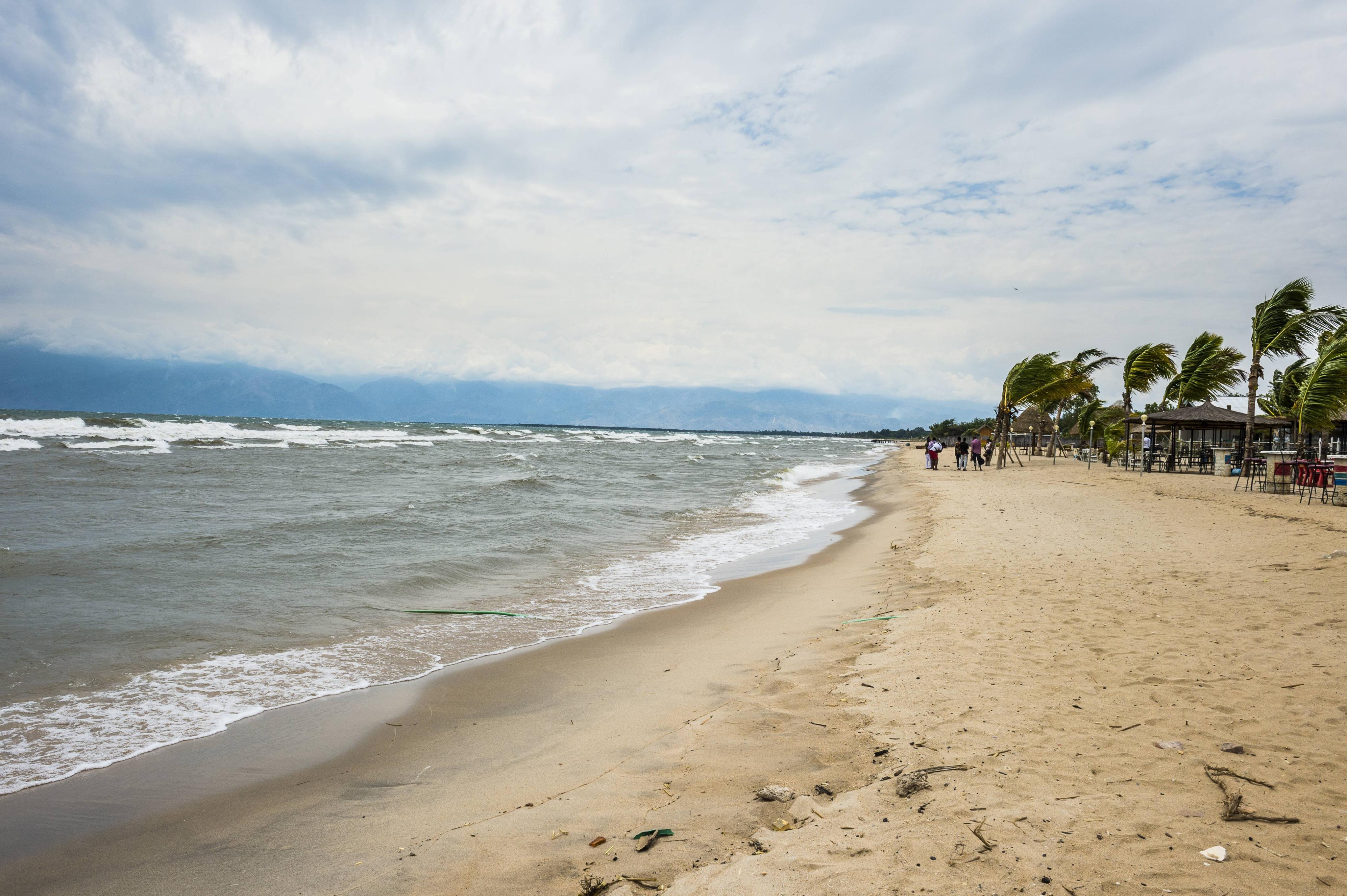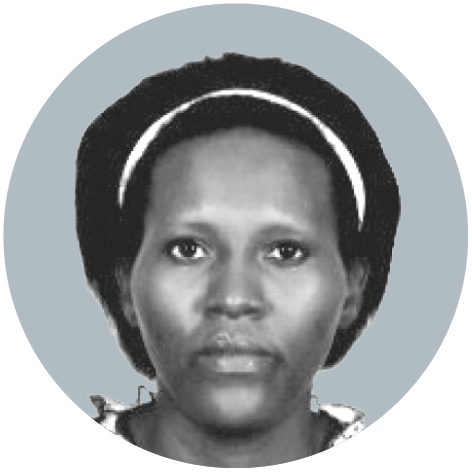Refugee camps
Kakuma camp has become a permanent settlement
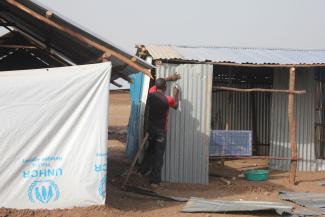
To reside in the Kakuma refugee camp is to experience daily intolerable living conditions, including substandard housing, defective roads and inadequate electricity supply. The water and sanitation situation is bad (see box).
The international aid organisations that run camps like Kakuma should recognise that these settlements, which were originally intended as temporary way stations for refugees, have become permanent encampments. They fail to provide minimal standards of habitation.
The sprawling refugee settlement is divided into several separately numbered camps and is located on the outskirts of Kakuma town in north-western Kenya. The Kakuma camp and the neighbouring Kalobeyei Integrated Settlement had a population of nearly 197,000 registered refugees and asylum-seekers in July 2020, according to the UN Refugee Agency UNHCR.
The camp was established in 1992 to house unaccompanied minors who fled the war in Sudan and refugee camps in Ethiopia. Today, nearly 30 years later, many inhabitants are second-generation residents and some are even third-generation. Almost all depend on humanitarian assistance. Their refugee status means they are not allowed to work for pay.
Kakuma was conceived as a temporary haven for refugees who would soon be resettled elsewhere. But three decades later, most residents have lost hope of moving on to better places even though their existing conditions are dire.
To begin with the housing: The camp’s houses are small, overcrowded and poorly ventilated. A typical family house is a one-room dwelling with mud-brick walls, measuring three by four meters. The roof typically is made of corrugated iron, plastic sheeting or so-called makuti thatching woven from coconut palm leaves.
Often refugees build their own homes, without knowing what materials to use to withstand bad weather. The makuti thatching covering many homes, for example, is believed to provide warmth during winters and protection from a hot sun in summer. But a makuti roof is also easily blown away by a strong wind. Similarly, walls made of dried mud can collapse during floods – a hazard that has cost lives.
In some houses, walls are made of poles and sticks tied together and then covered with mud. Long-term camp residents are more likely than average to use this building technique. They have learned that severe heat, torrential rains, wind storms and massive flooding can cause mud-brick walls to crack, buckle and collapse.
The plastic sheeting used to cover houses presents its own set of hazards. After only a few months of sustained exposure to summer heat, plastic sheeting can shrink or degrade in quality. Some residents try covering the plastic sheeting with makuti thatching or other foliage. But even with such covering, plastic roofing material is not durable enough to withstand harsh weather. Moreover, refugees have no choice over the roofing material they receive, and often have to wait for it for months or even years.
Due to substandard building materials and construction techniques, dampness and mold are common in Kakuma houses. Many are not sealed properly at the walls, joints or roofs, so rodents can – and do – invade living quarters. Such infestations bring infectious diseases as well as mental disturbances.
All of this means that a home in Kakuma is far from a safe haven. “I have lived here for 21 years and I have seen houses displaced by wind storms and flooding,” says Mohamed Jillo, an Ethiopian refugee. “My family was made homeless three times because of delays in receiving materials from the shelter department. I couldn’t afford to renovate our rundown house. We have acclimated ourselves to this misery over decades.”
After repeatedly complaining to camp authorities about houses that are too small and built too close to each other, refugees have gained some ground. In recent years aid groups started building houses that are three by six metres instead of three by four metres, raising the total floor space to 18 from 12 square metres. These one-room dwellings typically house four to six people. Due to crowding, some adult males sleep under temporary coverings near their houses.
Blocked communications
The Kakuma camp is located near the Lodwar-Lokichogio highway that leads to South Sudan. The highway is paved – unlike the dirt roads inside camp. Dirt roads mean that ambulances or police vehicles responding to emergencies have trouble reaching people in need.
Dirt roads also mean that during bad weather, critical supplies and services cannot be delivered. If flooding causes dirt roads to turn into rivers, residents cannot get to markets and children cannot get to school. People with disabilities and pregnant women cannot leave their homes, even to go to medical appointments.
Moreover, floods damage everything at once – communal spaces and houses as well as roads. The camp has humanitarian aid centres, food distribution locations, hospitals and places of worship. There are schools, reception centres, soccer fields, cmarkets and shops, and police stations to help fight crime. Bad roads, however, tend to make these amenities less accessible than they should be.
Intermittent electric power
At the same time, camp residents lack reliable electricity. At sunset, darkness covers the camp; streets and markets shut down. Some homes and small businesses use loud and costly diesel generators for lighting and phone charging. Others use kerosene or charcoal lamps, even though these emit smoke and damage health and the environment.
Internet access is similarly sporadic and unreliable. Over the years, some learning centres in the camp, supported by aid agencies, have provided free internet access to their students and staff. But for the most part, residents are cut off from the rest of the world. Those who can afford it buy internet access from Safaricom, a Kenyan mobile network and internet service provider, but the camp lacks the infrastructure to support reliable internet access.
Under Kenya’s encampment law, refugees may not live in a permanent structure because they are destined to move to permanent new locations or return to their home countries. Yet Kakuma’s longevity contradicts the rule: Kakuma has become de facto permanent, but without the housing and infrastructure needed for a permanent settlement.
In effect, Kakuma is a place where people are illegally warehoused under harsh conditions for decades. In Kakuma, temporary living circumstances have morphed into permanent ones with no mechanism for reviewing or changing the conditions. Kakuma’s example shows how sometimes the most permanent situation is one that was originally intended to be temporary. It also shows how the designation “temporary” can stand in the way of improving a situation that is actually permanent.
Qaabata Boru is an Ethiopian journalist and former resident of the Kakuma refugee camp in Kenya. He is the founder and editor-in-chief of Kakuma News Reflector (Kanere), a refugee-led online newspaper.
kakuma.news@gmail.com
https://kanere.org/

